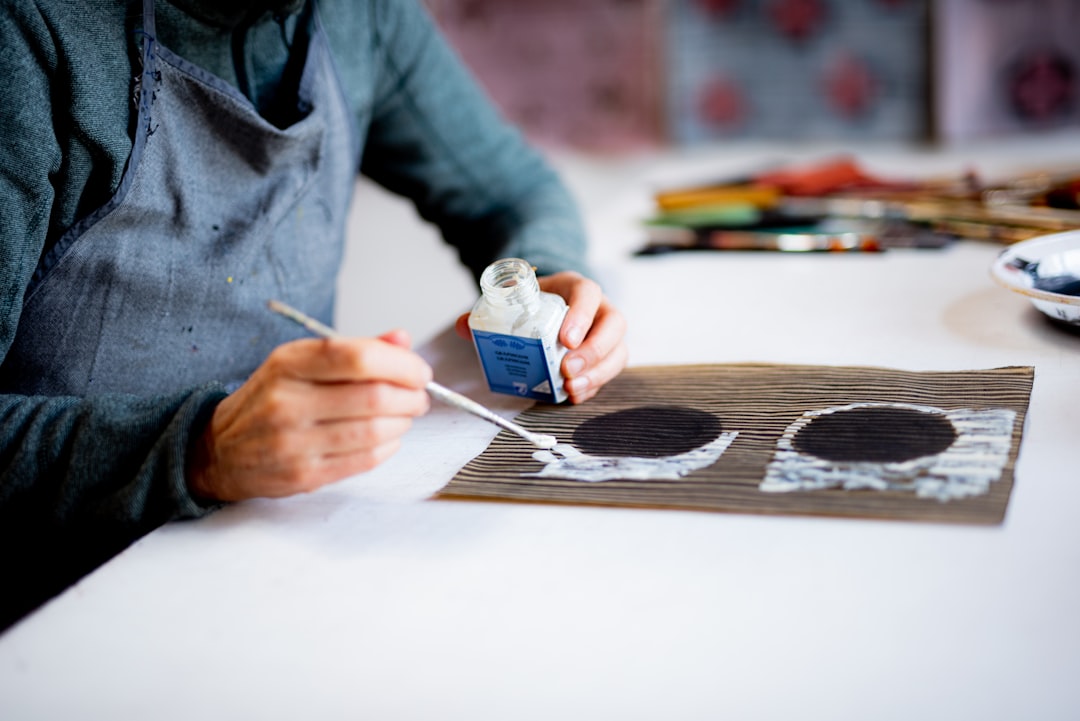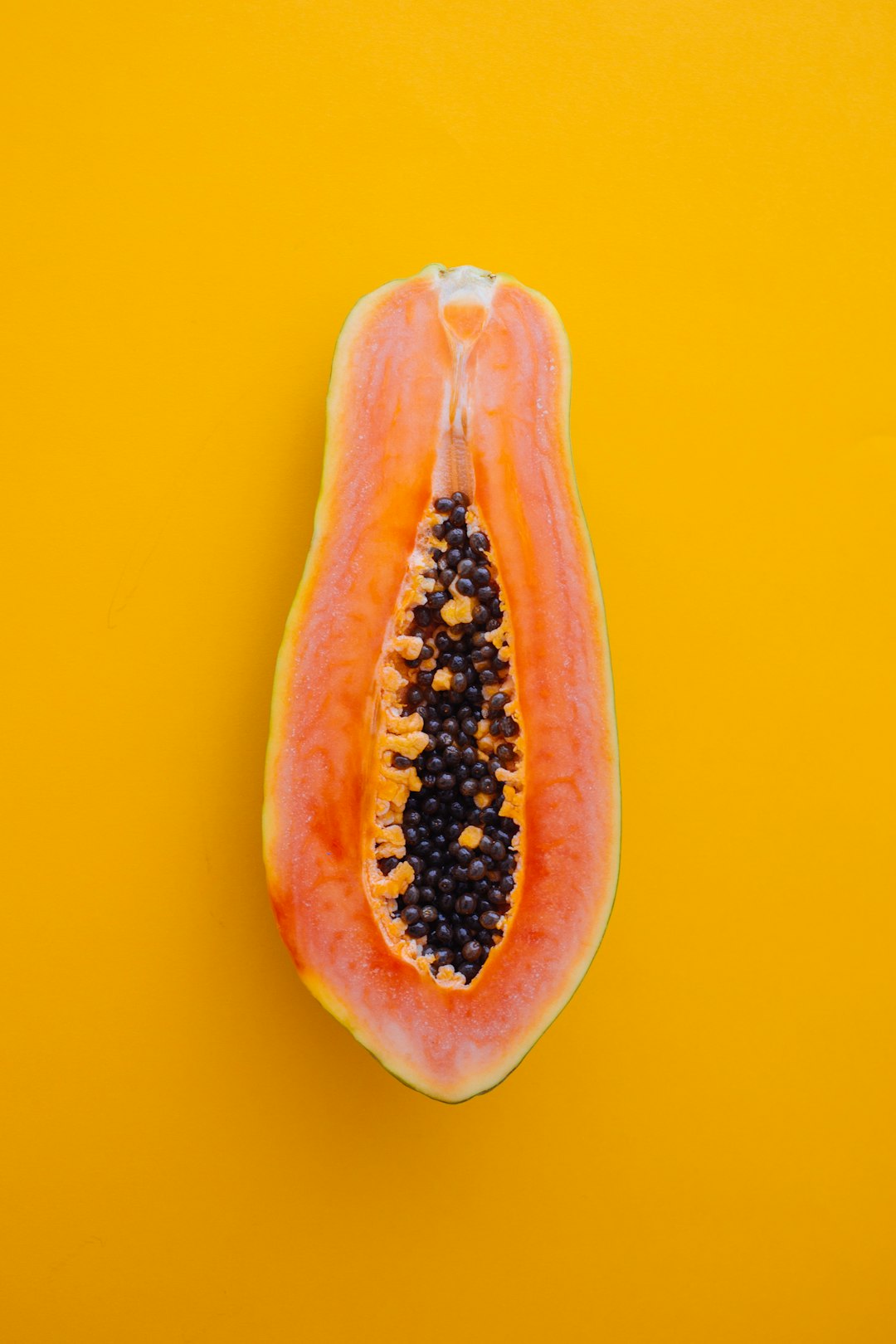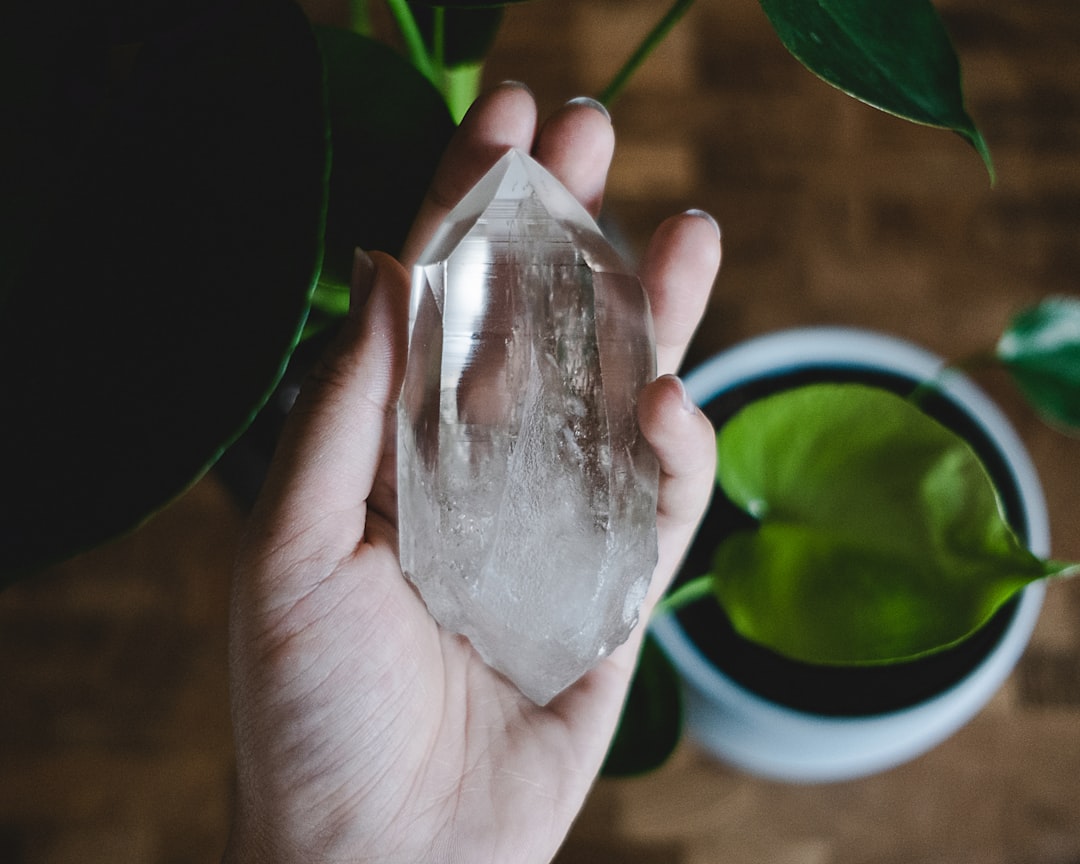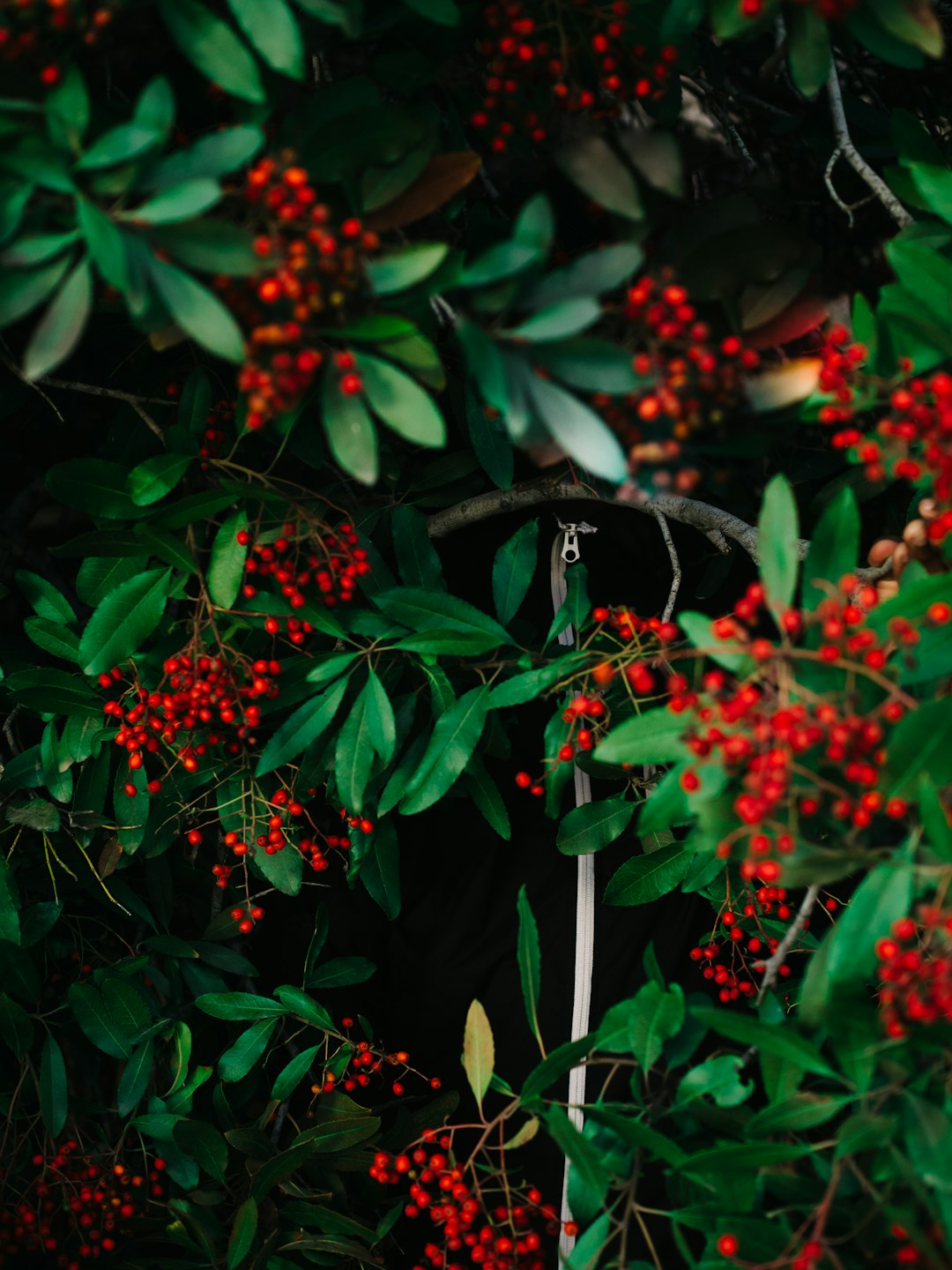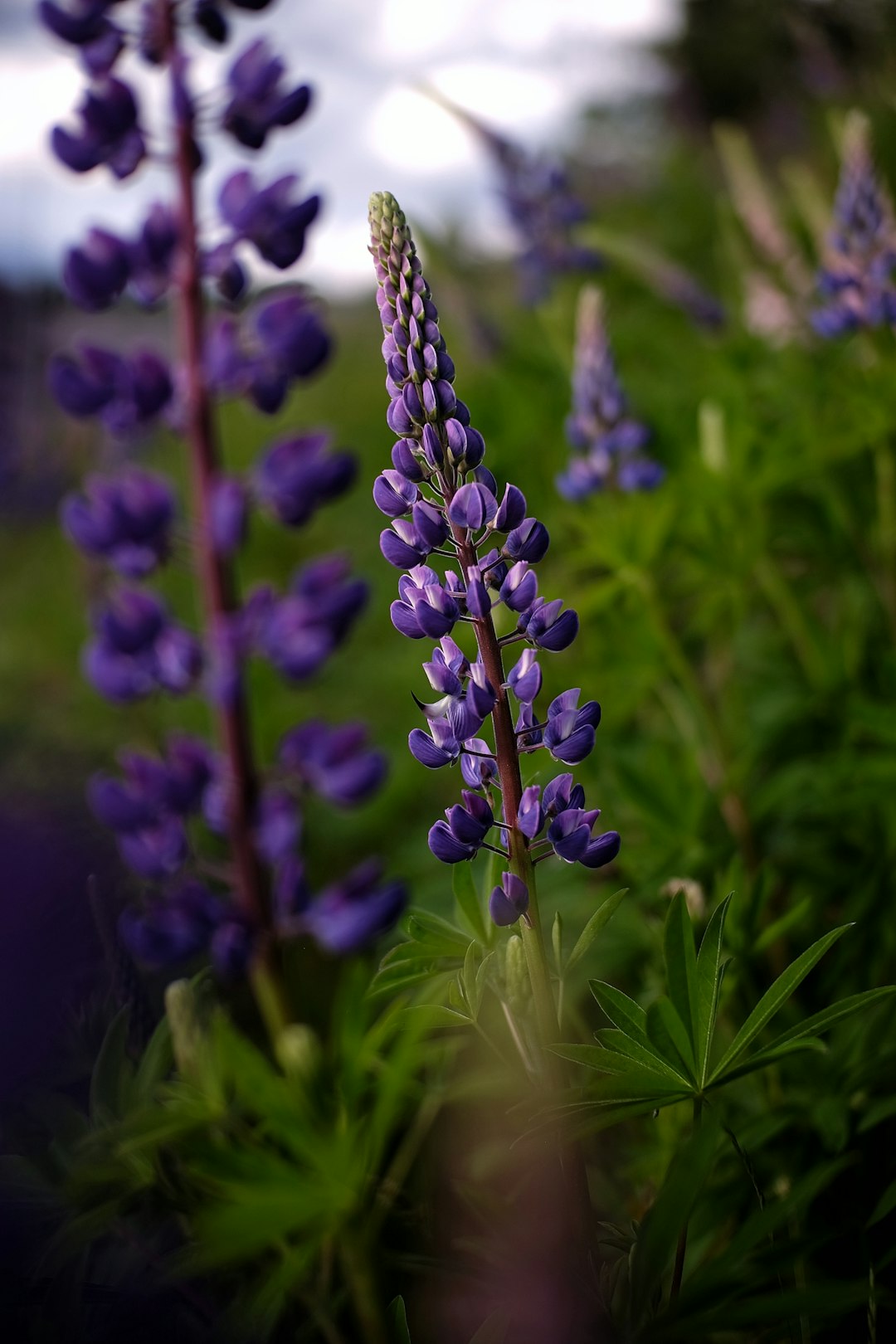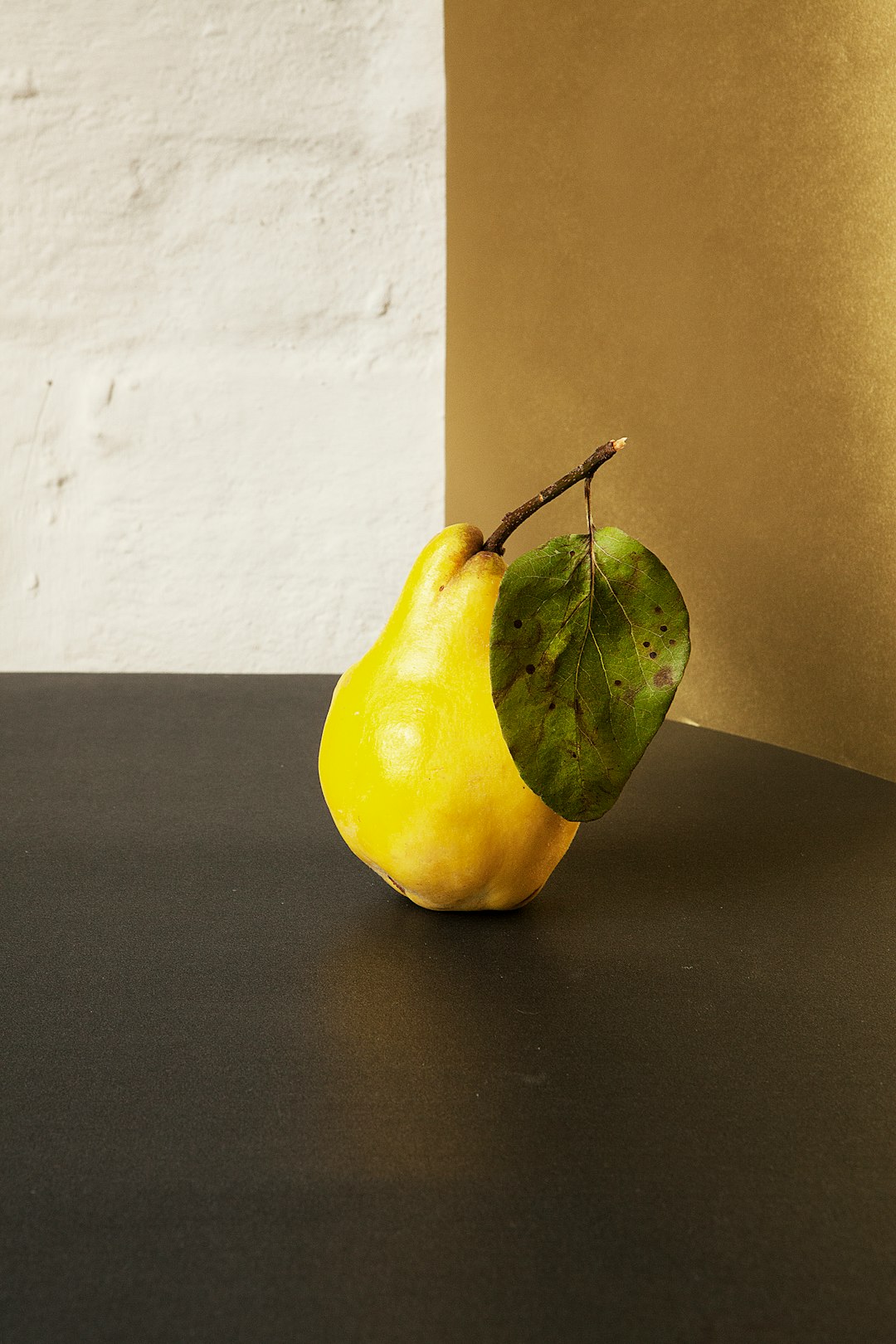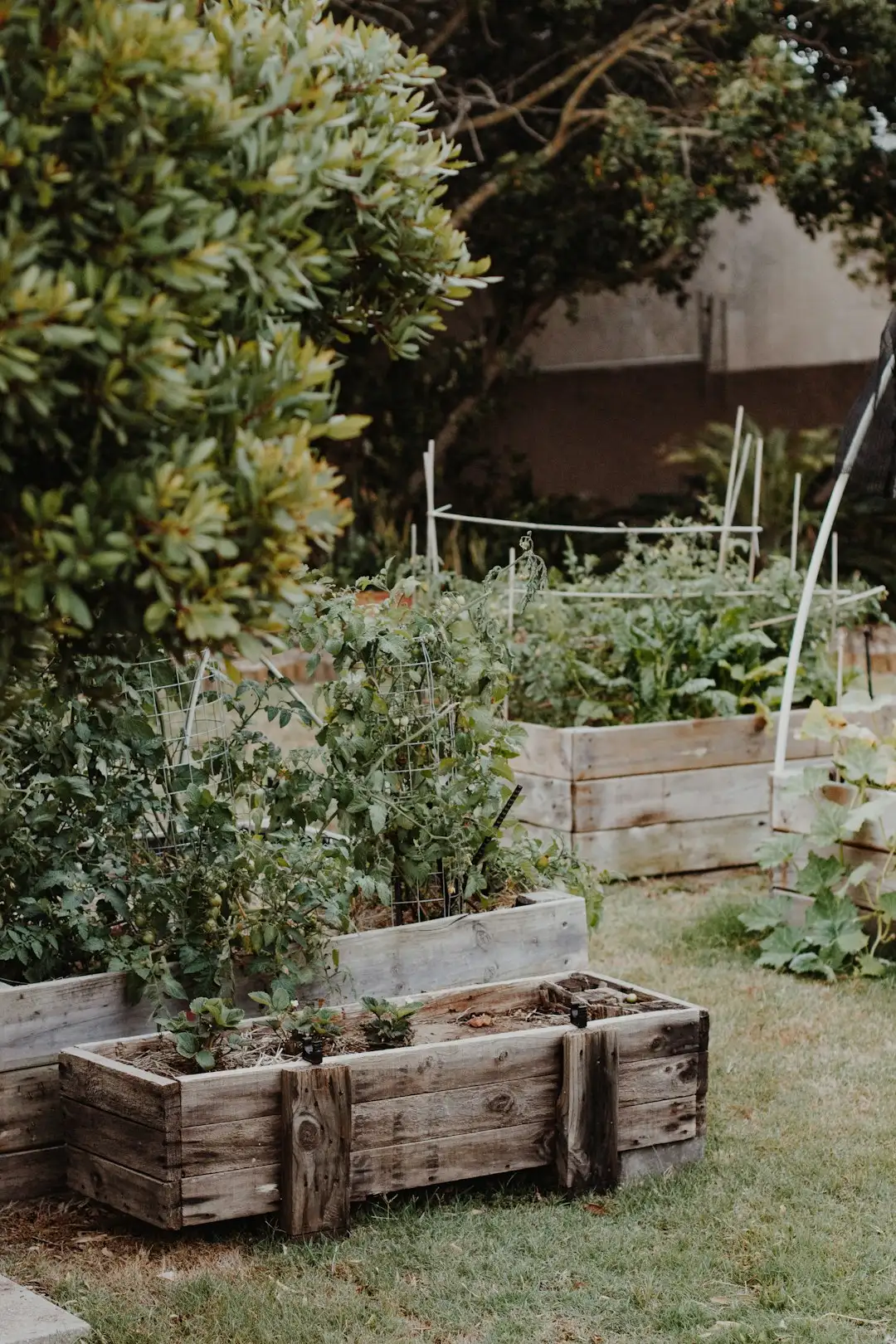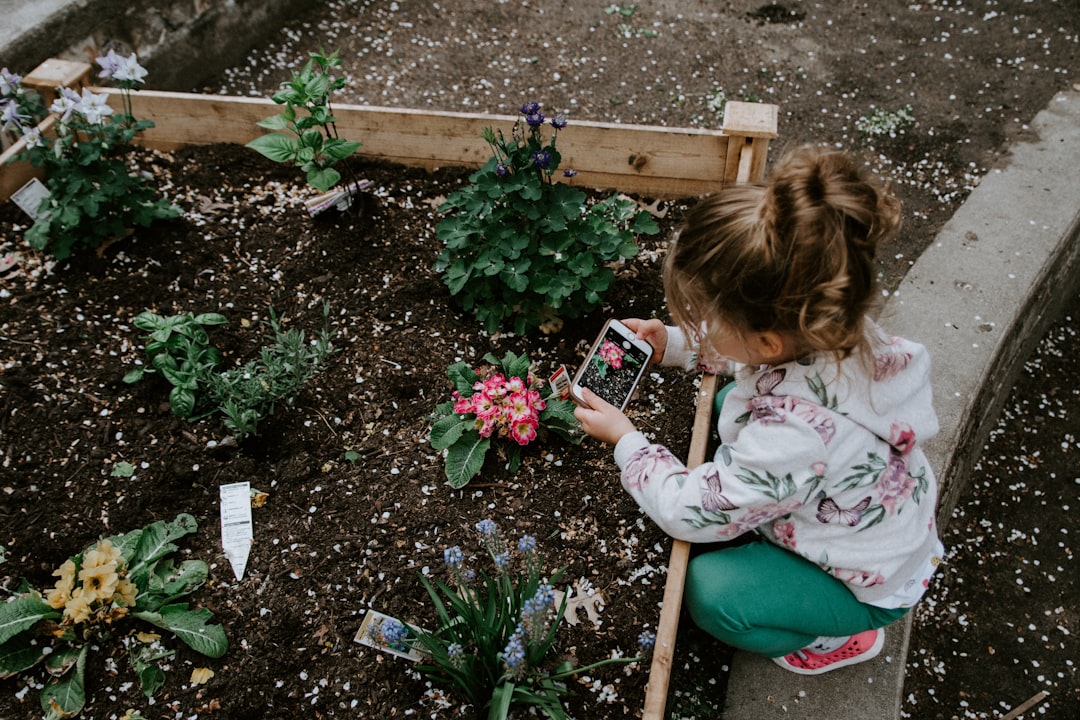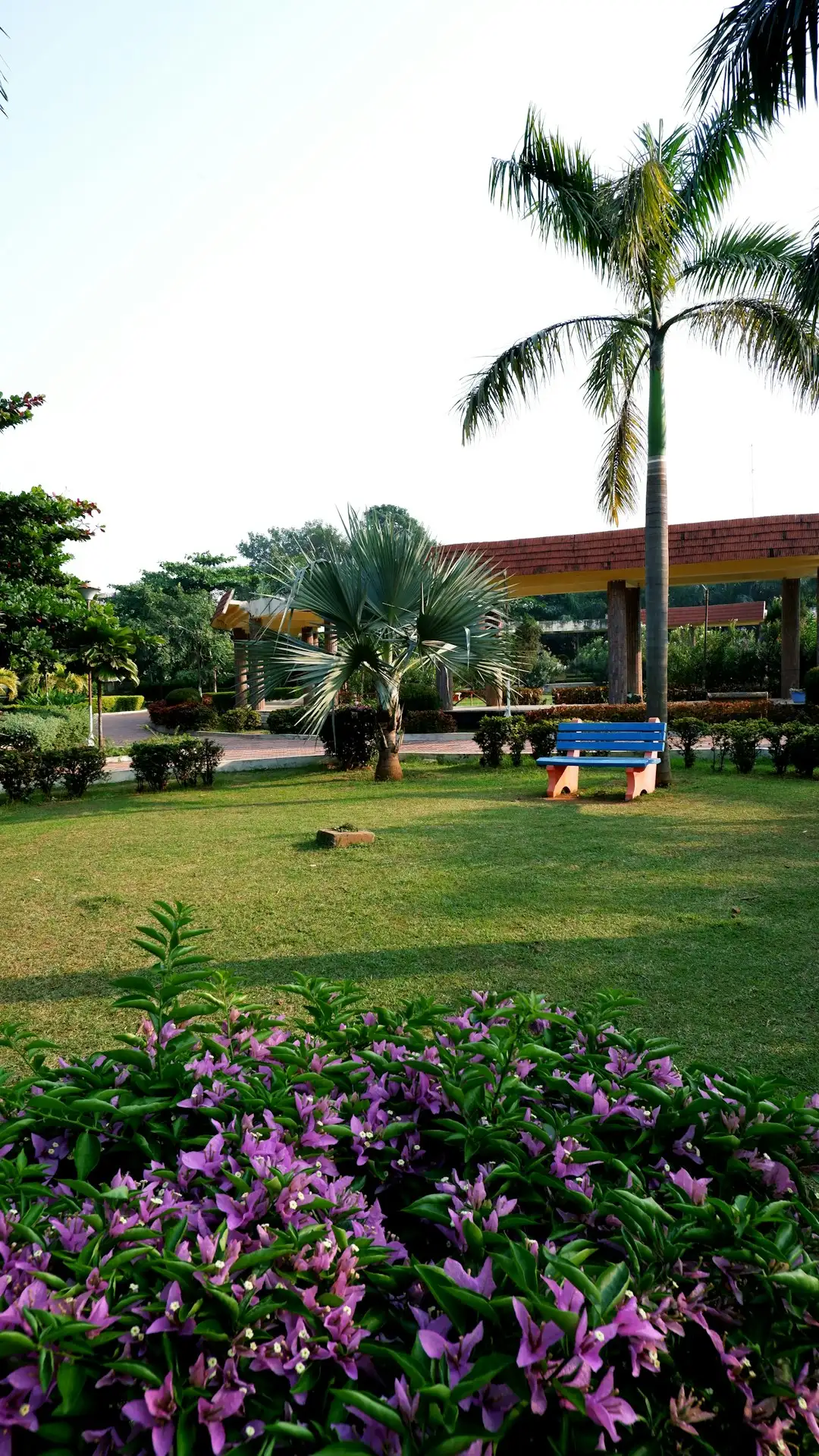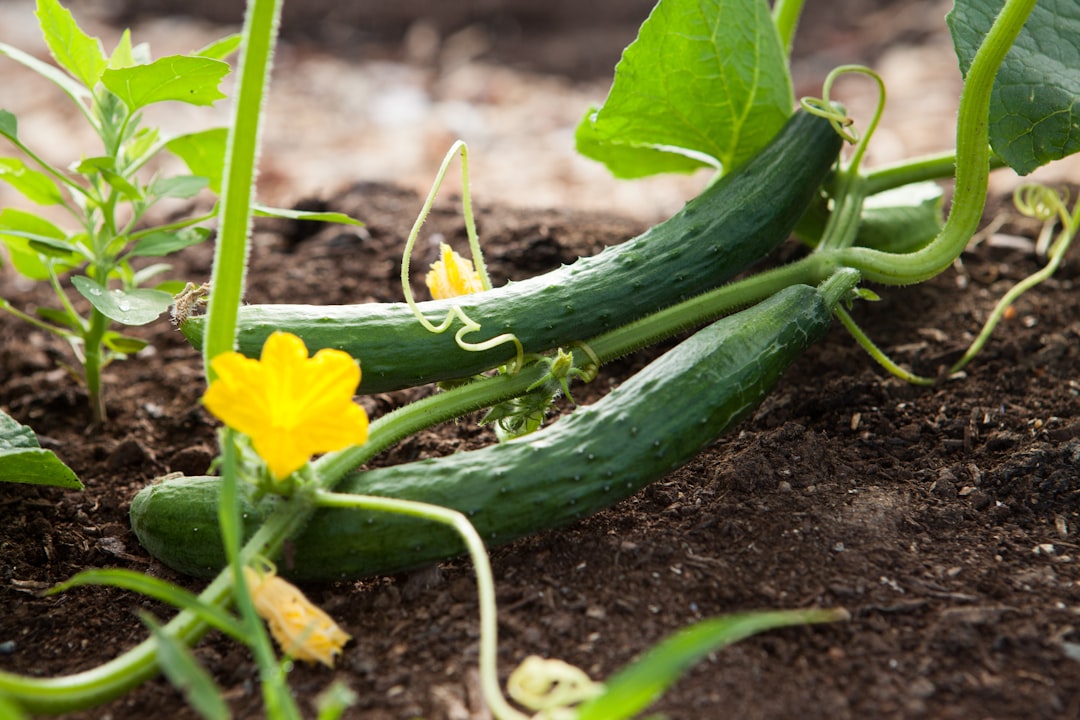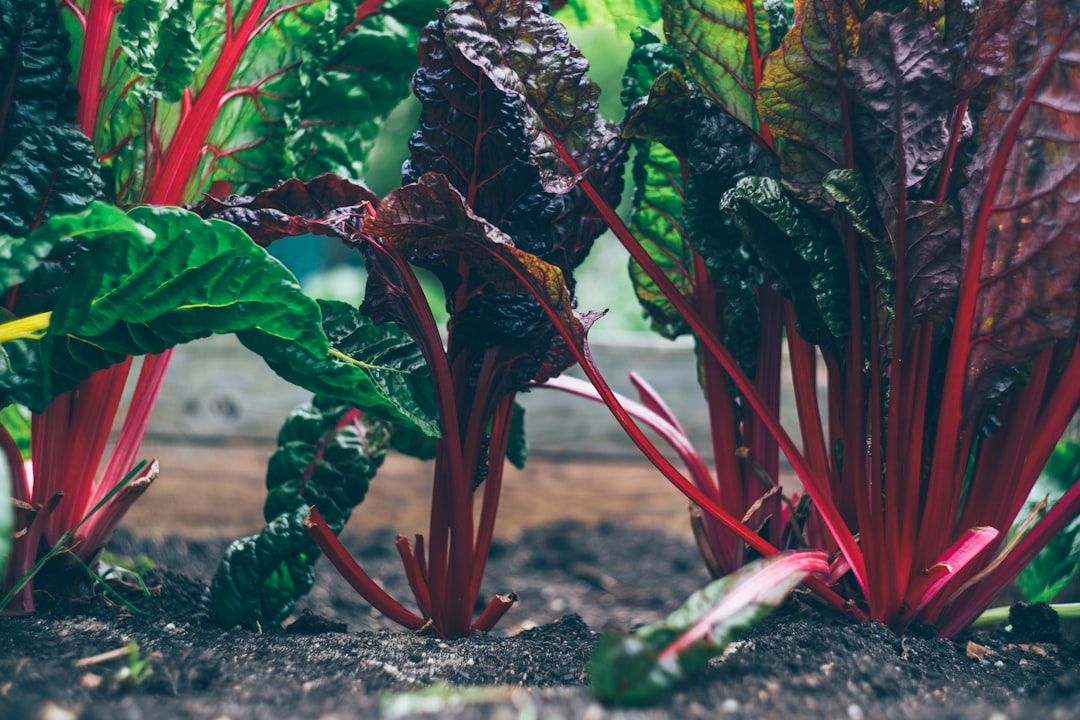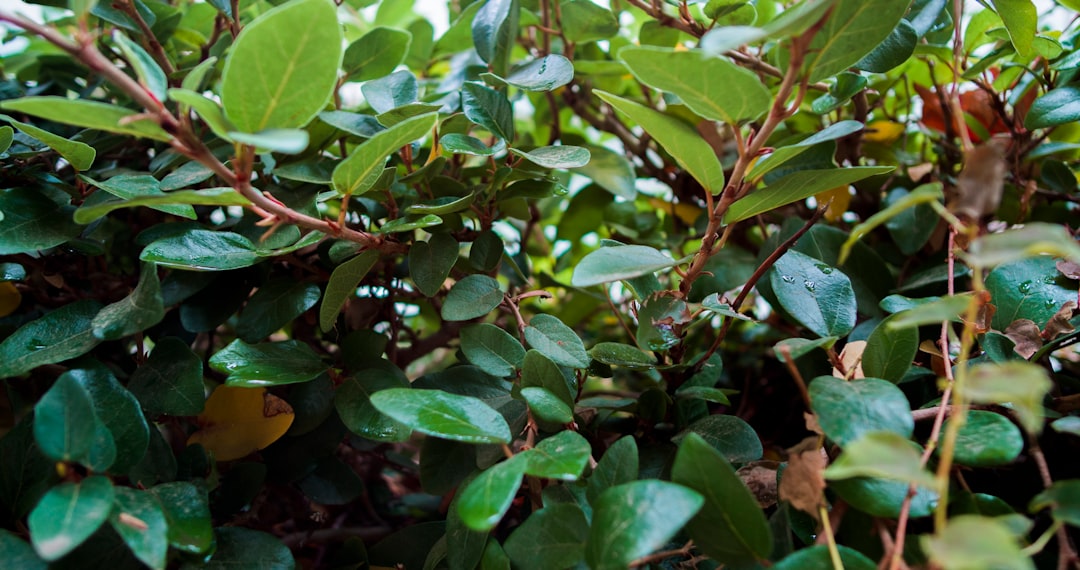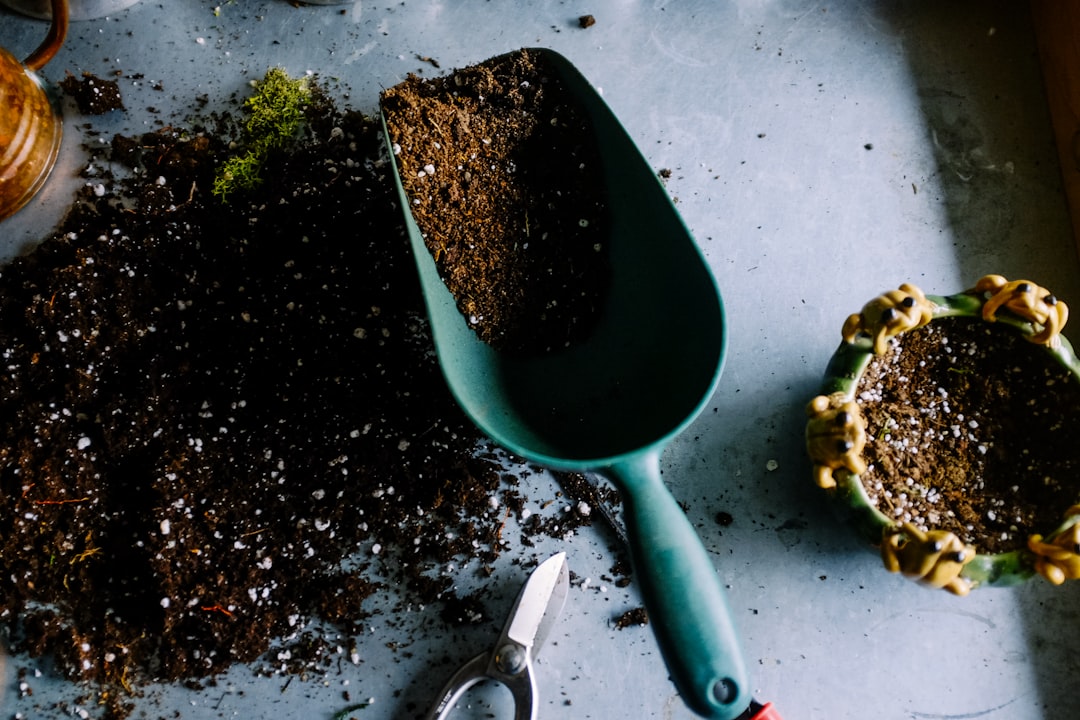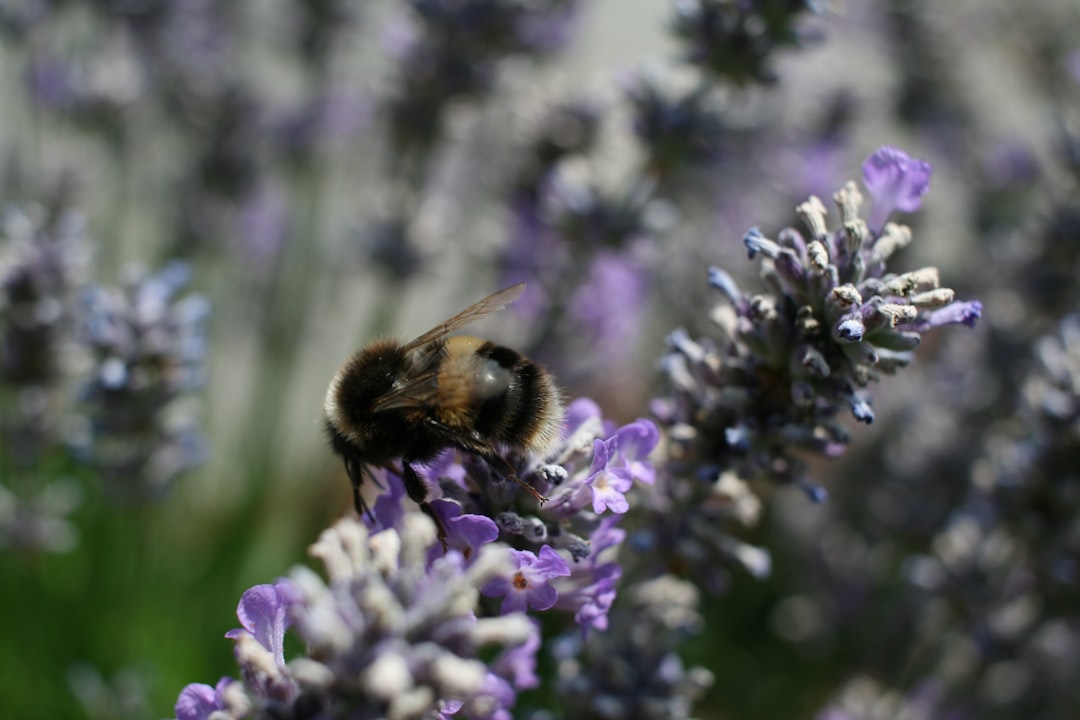
Edible gardening is a rewarding and fulfilling hobby that allows you to grow your own fresh produce right at home. One of the most versatile and flavorful herbs you can cultivate is ginger. Not only does ginger add a delicious kick to your culinary creations, but it also offers numerous health benefits. In this guide, we'll walk you through the process of growing a ginger root into a new plant and harvesting more ginger.
Getting Started: Selecting the Right Ginger Root
The first step in growing ginger is to choose a healthy ginger root. Look for a plump, firm root with several “eyes” or buds. These eyes are where the new shoots will emerge. You can purchase ginger root from a grocery store or a nursery. Make sure to choose organic ginger if possible, as conventionally grown ginger may be treated with growth inhibitors.
Preparing the Ginger Root for Planting
Once you have your ginger root, it's time to prepare it for planting. Start by soaking the root in warm water for a few hours to rehydrate it. This will help stimulate growth. After soaking, use a sharp knife to cut the ginger root into pieces, making sure each piece has at least one eye. Let the cut pieces dry for a day or two to allow the cut surfaces to callus over.
Choosing the Right Container and Soil
Ginger plants prefer well-draining soil and a container with drainage holes. You can use a pot, a raised bed, or even a large container. Fill the container with a rich, organic potting mix that is high in nutrients. Ginger plants also prefer a slightly acidic soil with a pH between 6.0 and 6.5.
Planting the Ginger Root
Plant the ginger root pieces about 2-3 inches deep in the soil, with the eyes facing up. Space the pieces about 6-8 inches apart to allow room for growth. Water the soil thoroughly after planting to settle it around the roots.
Caring for Your Ginger Plant
Ginger plants require warm, humid conditions to thrive. Place your container in a warm, sunny spot, but avoid direct sunlight, as it can scorch the leaves. Keep the soil moist but not waterlogged, and water the plant regularly, especially during dry periods. You can also mist the leaves with water to increase humidity.
Fertilizing Your Ginger Plant
To ensure healthy growth, fertilize your ginger plant every few weeks with a balanced, organic fertilizer. You can use a liquid fertilizer or a slow-release granular fertilizer. Follow the instructions on the fertilizer package for the correct application rate.
Harvesting Your Ginger
You can start harvesting your ginger when the leaves begin to turn yellow and die back, usually after about 8-10 months. To harvest the ginger, carefully dig up the plant using a garden fork or trowel. Gently shake off the soil and cut off the ginger roots from the plant. You can use the fresh ginger immediately or store it in the refrigerator for later use.
Propagating Your Ginger Plant
Once you have harvested your ginger, you can use the remaining root pieces to propagate new plants. Simply follow the same steps as before to prepare the root pieces for planting. You can also save some of the ginger seeds to plant in the next growing season.
Troubleshooting Common Problems
Like any plant, ginger plants can be susceptible to pests and diseases. Some common problems include aphids, spider mites, and fungal diseases. To prevent these problems, keep your plant healthy by providing it with the right amount of water, sunlight, and nutrients. You can also use natural pest control methods, such as neem oil or insecticidal soap, to treat any pest infestations.
Conclusion
Growing your own ginger plant is a fun and rewarding experience that allows you to enjoy the fresh, flavorful taste of ginger right at home. By following these simple steps, you can successfully grow a ginger root into a new plant and harvest more ginger for your culinary creations. So why not give it a try and start your own edible garden today?
New






